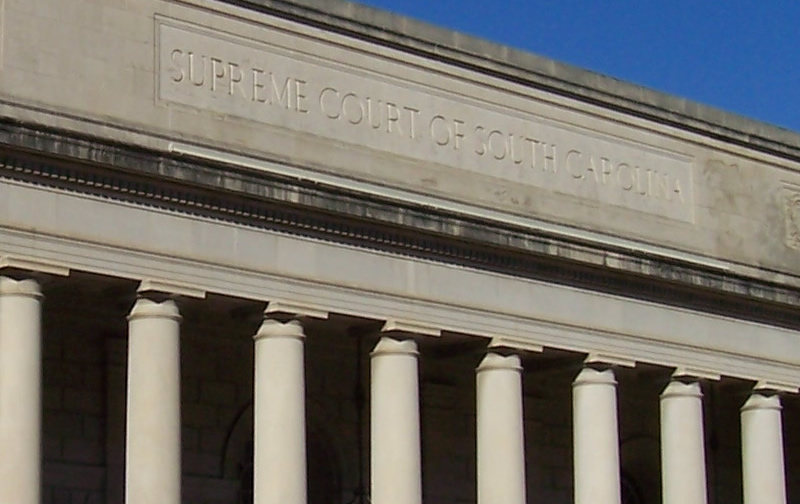
S.C. Encyclopedia | The purpose of any state judicial system is to resolve civil disputes among residents and to determine the guilt or innocence of persons accused of crimes and infractions. Article V of the state constitution provides for a uniform system of justice throughout the state.
Although the contemporary courts in South Carolina are more or less “uniform,” this is a recent occurrence. Judicial systems developed in a haphazard fashion over the centuries. As new forms of disputes arose—such as traffic violations, domestic disturbances, and massive amounts of civil litigation—new courts were created to meet specialized needs. Predictably, this process led to a state judicial system that was fragmented and lacked consistency. At least six types of trial courts existed by the early 1970s, yet no single judicial district contained all of the types represented. Moreover, the lines of appeal varied. Cases appealed from municipal courts could, in some counties, be taken to the county courts, while in other counties these cases were reviewed by circuit courts. Meanwhile, county courts in one county might have jurisdiction over civil suits of $5,000 or less, while these courts in other counties could hear cases exceeding $11,000 in value. This chaotic situation was finally resolved during a reform movement that occurred between 1975 and 1990. Grounded in recommendations from the American Bar Association, the state constitution was revised to eliminate most of the specialized courts and to provide greater consistency in procedure and jurisdiction.
Following a model that is present in every state, the South Carolina judicial system is now structured hierarchically. The two highest courts are both appellate bodies, meaning that they almost exclusively adjudicate cases that have been referred to them from lower courts.
Appellate courts do not establish facts, as do trial courts. Instead, they apply the facts that have been established at lower levels to the relevant laws or policies, and/or they ascertain whether appropriate procedures were followed in the courts below.
— Excerpted from an entry by Steven W. Hayes. This entry hasn’t been updated since 2006. To read more about this or 2,000 other entries about South Carolina, check out The South Carolina Encyclopedia, published in 2006 by USC Press. (Information used by permission.)



 We Can Do Better, South Carolina!
We Can Do Better, South Carolina!
























